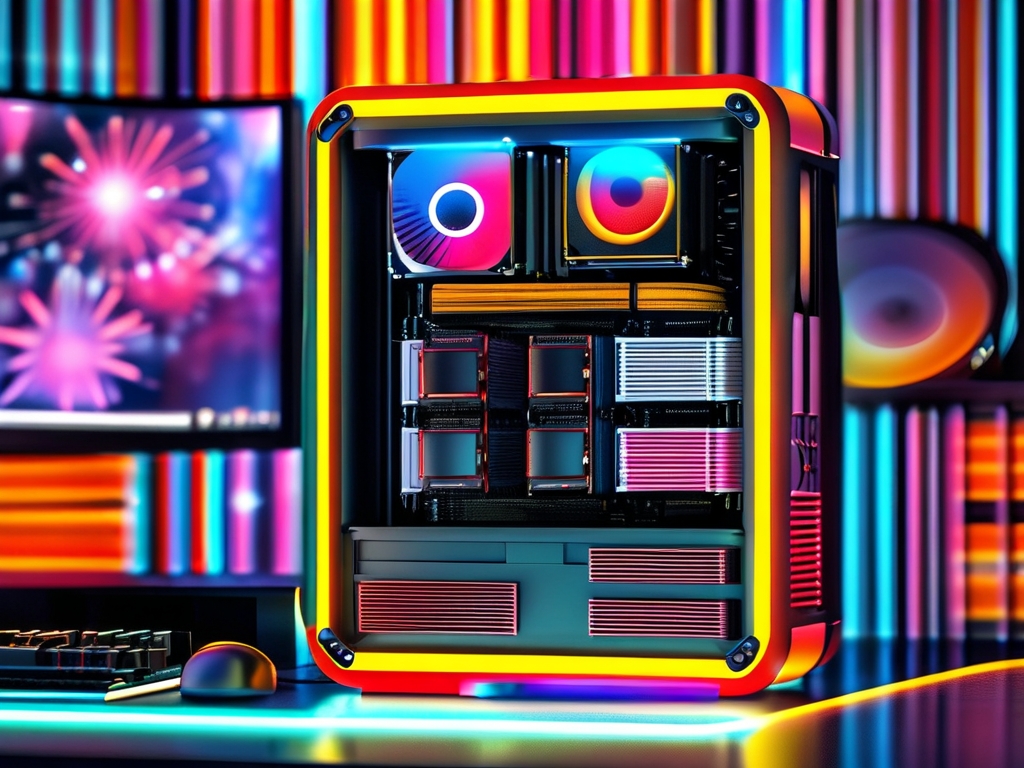Embedded systems form the backbone of modern technology, powering everything from smart home devices to industrial automation. Among the myriad of microcontrollers available, the CW32 series has emerged as a versatile and powerful option for developers. This article delves into the features, applications, and best practices for leveraging CW32 microcontrollers in embedded development.

to CW32 Microcontrollers
The CW32 family, developed by Wuhan Core Driver Technology Co., Ltd., is designed for high-performance embedded applications. These 32-bit ARM Cortex-M0+/M3-based microcontrollers offer a balance of computational power, energy efficiency, and cost-effectiveness. Key features include:
- Clock Speeds: Up to 48 MHz, enabling rapid data processing.
- Memory: Flash memory ranging from 16 KB to 256 KB and SRAM up to 32 KB.
- Peripherals: Integrated ADC, DAC, timers, UART, SPI, I2C, and USB interfaces.
- Low Power Consumption: Multiple power modes (e.g., sleep, deep sleep) for battery-operated devices.
These specifications make CW32 microcontrollers suitable for applications such as IoT sensors, motor control, and consumer electronics.
Development Ecosystem
To maximize the potential of CW32 microcontrollers, developers rely on a robust toolchain:
- IDEs: Support for Keil MDK, IAR Embedded Workbench, and open-source platforms like PlatformIO.
- Libraries: Hardware abstraction layers (HALs) and driver libraries simplify peripheral configuration.
- Debugging Tools: JTAG/SWD interfaces for real-time debugging and code profiling.
- Community Resources: Active forums and documentation in Chinese and English.
A typical workflow involves initializing peripherals, writing interrupt service routines (ISRs), and optimizing code for memory and power constraints.
Real-World Applications
Case Study 1: Smart Agriculture
A CW32-based soil moisture monitoring system uses the microcontroller’s ADC to read sensor data, processes it locally, and transmits results via LoRaWAN. The low-power design ensures months of operation on a single battery.
Case Study 2: Industrial Automation
In a conveyor belt control system, CW32 microcontrollers manage motor speed using PWM signals and interface with proximity sensors via GPIO. The real-time performance minimizes latency in fault detection.
Best Practices for CW32 Development
- Power Management: Use sleep modes during idle periods and disable unused peripherals.
- Code Optimization: Leverage compiler optimizations and minimize global variables to conserve RAM.
- Fault Tolerance: Implement watchdog timers and error-checking algorithms for reliability.
- Security: Enable hardware-based encryption for data-sensitive applications.
Challenges and Solutions
While CW32 microcontrollers are powerful, developers may face hurdles:
- Limited Debugging Features: Mitigated by using logic analyzers and serial logging.
- Memory Constraints: Solved through efficient code structuring and external storage options.
- Complex Peripheral Configurations: Simplified using vendor-provided configuration tools.
Future Trends
As the demand for edge computing grows, CW32 microcontrollers are expected to integrate AI accelerators and enhanced wireless connectivity (e.g., Bluetooth 5.0, Wi-Fi 6). These advancements will expand their use in smart cities and autonomous systems.
The CW32 microcontroller series offers a compelling blend of performance, flexibility, and affordability for embedded developers. By mastering its features and adhering to best practices, engineers can build innovative solutions across industries. As technology evolves, CW32-based systems will continue to play a pivotal role in shaping the future of embedded computing.






